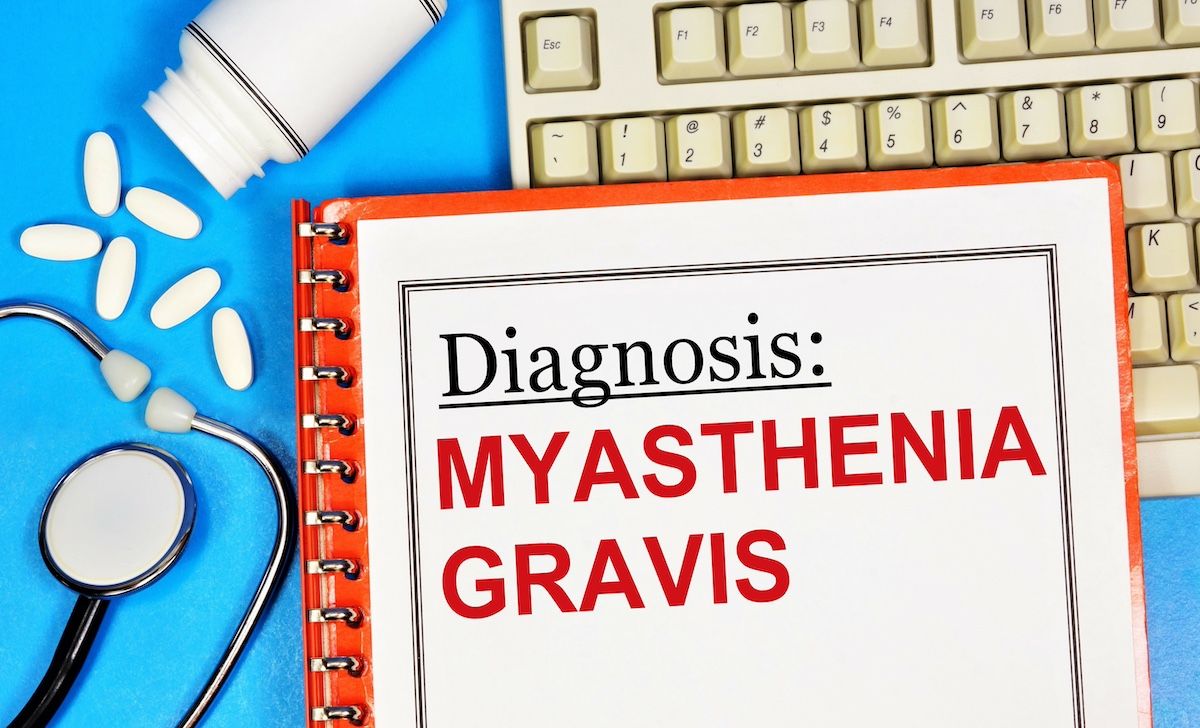News
Article
Study: MG Diagnostic Delays Both Common and Harmful
Author(s):
A survey of patients with myasthenia gravis in 5 European countries suggests patients wait on average about a year after symptom onset before they are given an accurate diagnosis.
People in Europe with myasthenia gravis (MG) often wait a year or more for an accurate diagnosis, and those delays appear to affect patients’ clinical profiles, a new report found.
The study, which was published in the Annals of Clinical and Translational Neurology, suggests that patients whose diagnosis came more than a year after symptom onset were more likely to have Myasthenia Gravis Foundation of America (MGFA) class III disease, fatigue, anxiety, and depression. The findings underscore the importance of early and accurate diagnosis and treatment for patients with the disease.1
New data make clear that there is a need for better diagnostic and disease-management strategies for myasthenia gravis. | Image credit: Николай Зотов - stock.adobe.com

Diagnosing MG can be difficult in part because its primary symptoms—including muscle weakness and fatigue—are not specific to MG, wrote corresponding author Andras J. Borsi, MSc, of the Johnson & Johnson subsidiary Janssen-Cilag, and colleagues. They noted that Lambert–Eaton myasthenic syndrome, acute inflammatory demyelinating polyradiculoneuropathy, and post-infection conditions, among others, can share symptoms with MG.
Moreover, some MG symptoms are common in the general population. For instance, a decade-old survey from the National Center for Health Sciences found that approximately 1 in 20 Americans over the age of 60 experienced muscle weakness, and an additional 13% had “intermediate” strength, meaning their strength was less than normal.2
The length of the diagnostic process is important, Borsi and colleagues said, because in addition to being frustrating for patients, delays in diagnosis can also increase patients’ disease burden and negatively impact their quality of life.
The authors pointed to a Polish study from last year, which found 60% of respondents to a survey regarding their diagnosis with MG felt that the process was “long and complicated.”3
In the new report, Borsi and colleagues sought to gain a clearer picture of the length of time it took to get a correct diagnosis in 5 European countries.1 They also wanted to understand how physicians viewed the diagnosis path and the clinical impacts of delays.
The investigators recruited 387 people with MG from France, Germany, Italy, Spain, and the United Kingdom. Those patients, along with their physicians, participated in the Adelphi Real World Myasthenia Gravis Disease Specific Program, answering questions about their diagnostic journeys and the clinical features of their disease.
Overall, the mean diagnosis delay—defined as the interval between symptom onset and MG diagnosis—was just under one year, at 363.1 days. However, more than one-quarter of patients (27.1%) experienced a delay in excess of a year.
When the investigators stratified patient outcomes based on whether a patient’s delay was more than a year or not, they found significant gaps.
According to physicians, 69.2% of patients with a delay exceeding a year were initially given a different diagnosis, compared to just 17.4% of patients whose delay was a year or less. Physicians further reported that 40.0% of patients with year-plus delays had MGFA class III MG at the time of the survey, compared to 24.1% of patients with delays of a year or less. On the revised MG Quality of Life scale (MG-QoL-15r), patients with longer delays scored a mean of 14.4, compared to 12.6 in the shorter-delay cohort, suggesting the disease was a bigger burden for patients who waited longer for an accurate diagnosis.
“These findings underscore the importance of a timely, accurate diagnosis after MG symptom onset,” Borsi and colleagues wrote.
In addition to factors such as the lack of disease-specificity of classic MG symptoms, the investigators said factors such as gender-based preconceptions and a reticence to diagnose the disease in elderly patients may contribute to diagnostic delays.
The authors said educational initiatives could help improve awareness of the disease and potentially shorten diagnosis times. However, they said the data make clear that there is a need for better diagnostic and disease-management strategies.
References
- Cortés-Vicente E, Borsi AJ, Gary C, et al. The impact of diagnosis delay on European patients with generalised myasthenia gravis. Ann Clin Transl Neurol. Published online August 1, 2024. doi:10.1002/acn3.52122
- Looker AC, Wang CY. Prevalence of reduced muscle strength in older U.S. adults: United States, 2011-2012. NCHS Data Brief. 2015;(179):1-8. Accessed August 17, 2024.https://www.cdc.gov/nchs/products/databriefs/db179.htm
- Sobierajski T, Lasek-Bal A, Krzystanek M, Gilhus NE. Diagnosis and therapy of myasthenia gravis-the patients' perspective: a cross-sectional study. Front Neurol. 2023;14:1214041. doi:10.3389/fneur.2023.1214041




